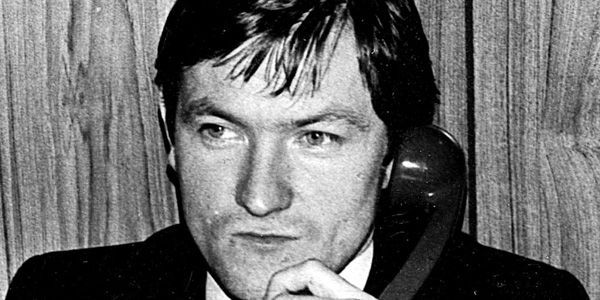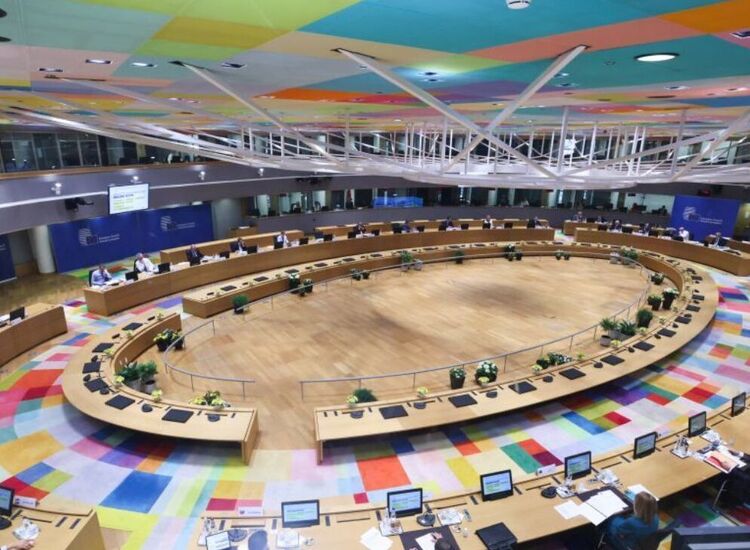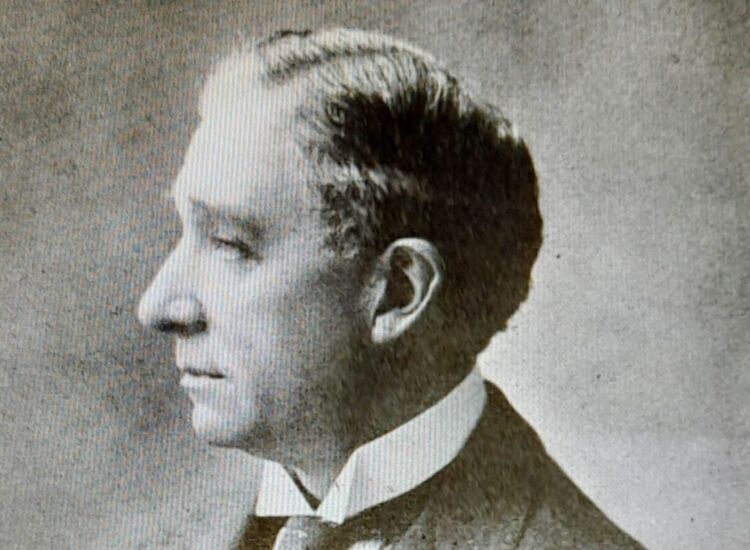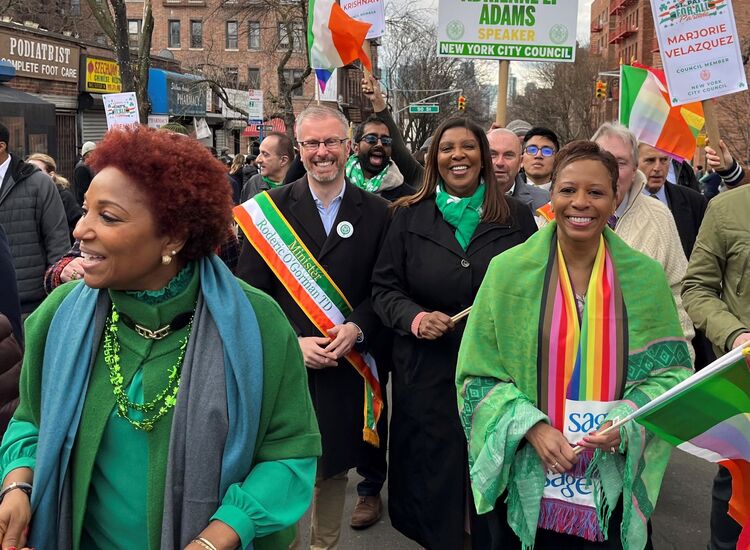The New York Times described Megan Stack's Sunday, September 3 Opinion Section front page story as an "essay." Some essay.
Stack, billed by the Times as a "contributing opinion writer," delivered a written one-two punch to the pursuit of silence on the part of the British government in an account of murders during the North's dark years that have yet to be fully accounted for.
Her "essay" began thus: "John and Michael Finucane were children in 1989 when paramilitary gunmen smashed in the front door with a sledgehammer in the middle of Sunday dinner and opened fire. Their father, the human rights lawyer Pat Finucane, was still clutching his fork when he succumbed to his 14 bullet wounds. Michael, his eldest child, remembers cowering under the kitchen table with his younger siblings while “Only Fools and Horses,” a British sitcom, droned through his father’s killing.
"The Finucane assassination was among the most notorious killings in Northern Ireland’s blood-drenched recent history. It was noteworthy, first, because Mr. Finucane was a lawyer — charismatic, crusading, a self-made Catholic — and even amid the worst violence, defense lawyers were not generally considered fair game.
"But it’s the Finucane family’s grueling, fruitless legal battle for a full-fledged public inquiry that has turned the assassination into a lingering emblem of official — and specifically British — impunity. Even former Prime Minister David Cameron of Britain acknowledged “strands of involvement” between the British security forces and loyalist death squads in Mr. Finucane’s murder and apologized to the family for what he called “shocking levels of state collusion.” But despite this hard-fought taste of vindication, Mr. Cameron, too, refused to conduct a public inquiry."
Stack's account continued with more on the Finucane case. And more on other cases.
For those with long memories there will be a feeling of, well, about time. Back in 1989, Irish American leaders and non-Irish political leaders in New York were up in arms over the fact that the New York Times did not cover the Finucane assassination.
Some of the leading names in the city's political life stood on a flatbed trailer outside the Times building bellowing their anger and frustration through bullhorns.
Time and Times have moved on. The paper of record has advanced with its coverage of the North. The North itself has moved on in many ways, but the legacy of the years of violence is yet raw.
The British government is not putting balm on those raw wounds. By trying to cover them up with silence the very opposite is being accomplished.
Megan Stack's contribution to the heated debate over the British government's legacy bill is timely. Also timely is a documentary series on PBS entitled "Once Upon a Time in Northern Ireland."
Here's how the PBS website describes the five part series: "Once Upon a Time in Northern Ireland" weaves together the personal stories of ordinary men, women and children who were drawn – both willingly and unwillingly – into a conflict that spanned over thirty years. The series mixes extraordinary archive footage and emotionally compelling first-person testimonies to create an intimate, multi-generational portrait of Northern Ireland’s past, present and future with an emphasis on understanding and empathy for all points of view.
"The series begins in the Northern Ireland of the late 1960’s, where like many countries across the world, revolution and social change was in the air. The Catholic population, a minority in the predominantly Protestant state, had long felt like second class citizens. The Civil Rights movement began calling for better jobs, housing, and equality for Catholics. But these demands were met with hostility by some, and as suppression of marches and violent protests began, decades of simmering tensions exploded into a full-blown conflict, known as "the Troubles."
"50 years since it began, and after thousands of people lost their lives, 'Once Upon A Time In Northern Ireland charts the story from the beginning of the Troubles through to the present day, told with compelling insight by the people that lived through it. The series takes us through the most violent decade of the Troubles - the 1970’s - where sectarian beliefs harden as communities split; through the Hunger Strikes of the early 1980’s; the countless shootings and bombings on the streets of both Northern Ireland and mainland Britain to the beginnings of talks that will ultimately deliver peace.
"This is both epic history and personal memory. Northern Ireland is a small province that has been decimated by atrocities and murder. It's common for people to know who killed their loved one and to see them in the local shop, on the street, in their everyday life. Which makes the story of how the conflict moved from a point of abject darkness to the possibility of peace even more remarkable. We come to understand this through the experiences of our contributors, many of whom have never spoken publicly before. Over five parts, the series shines a light on both sides of the community that lived for decades with daily violence – and who remain determined to hold onto the hard-won peace today."
There is irony here. In words and pictures the years of the Troubles are lately being presented to Americans with heightened levels of detail and precision, this even as the British government tries to erect a great blank wall.








